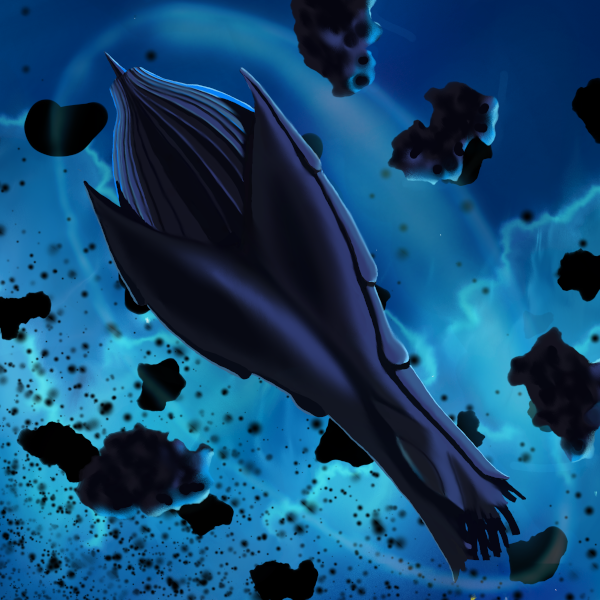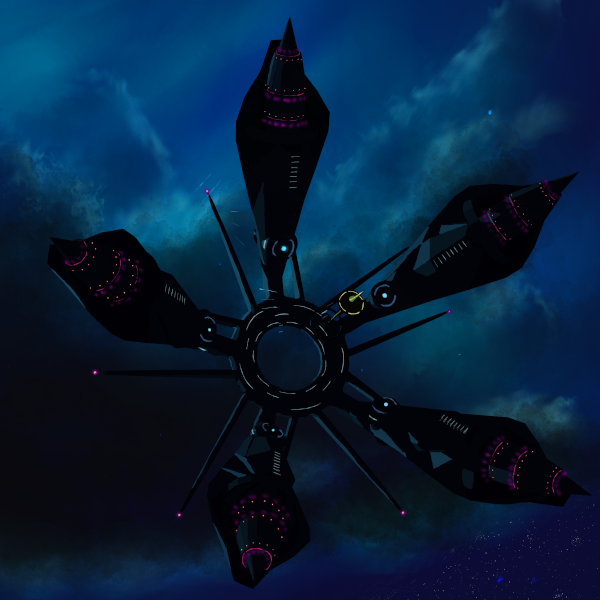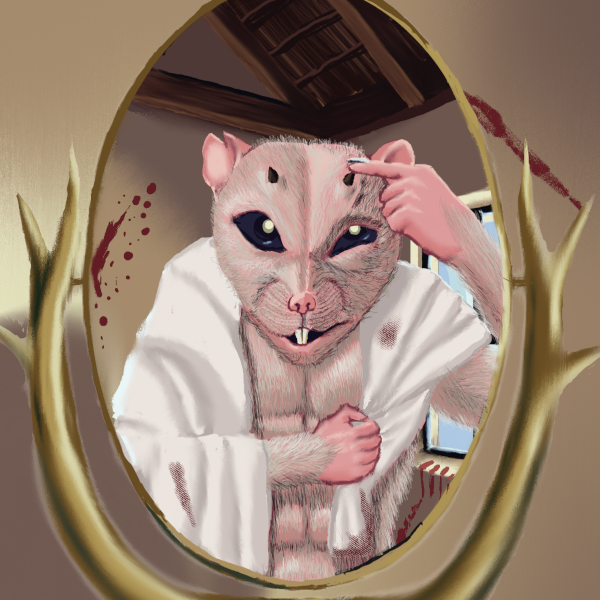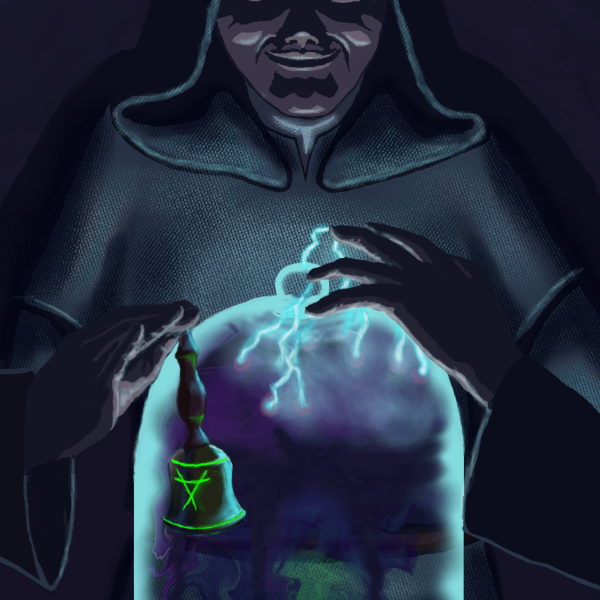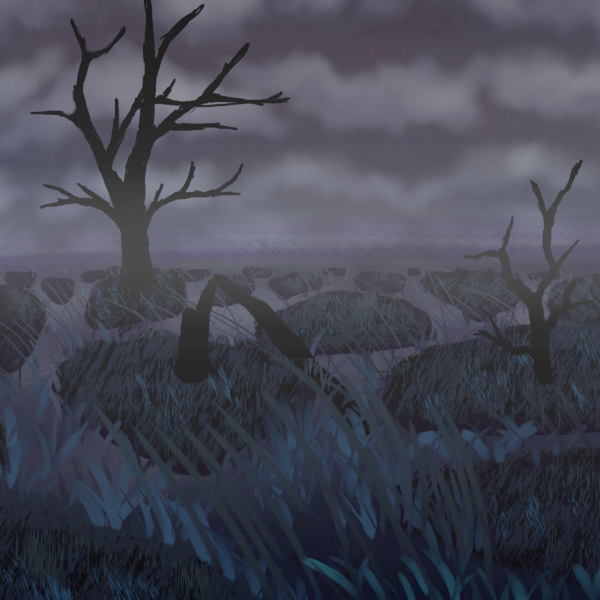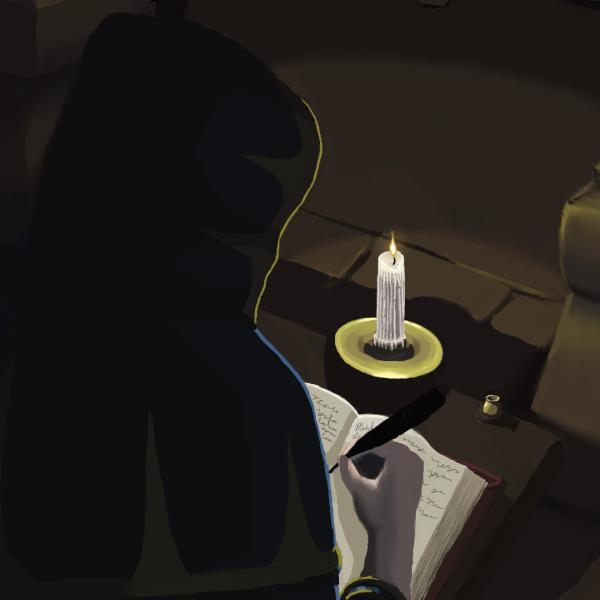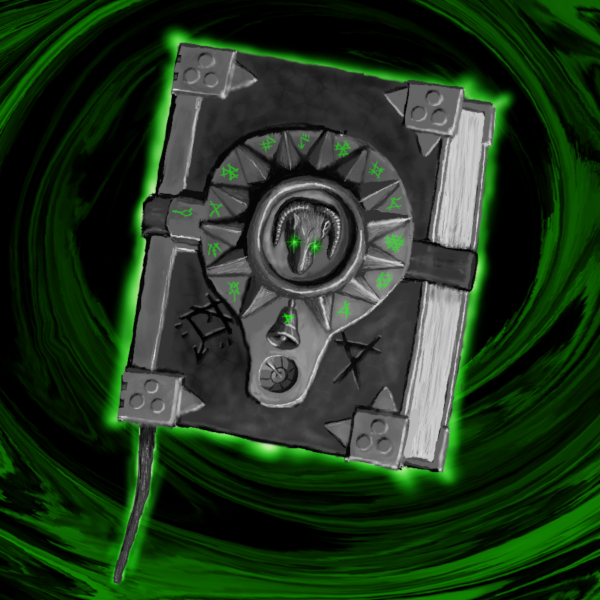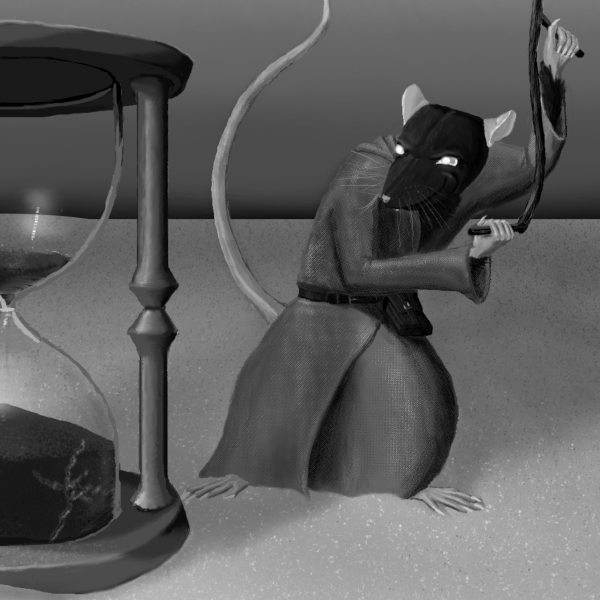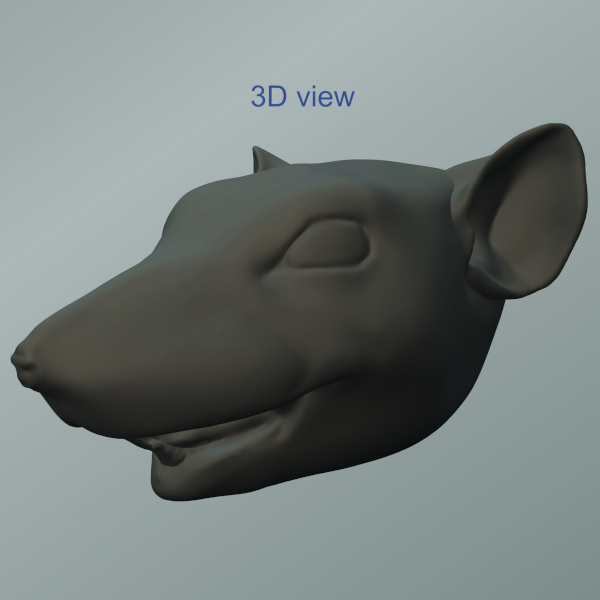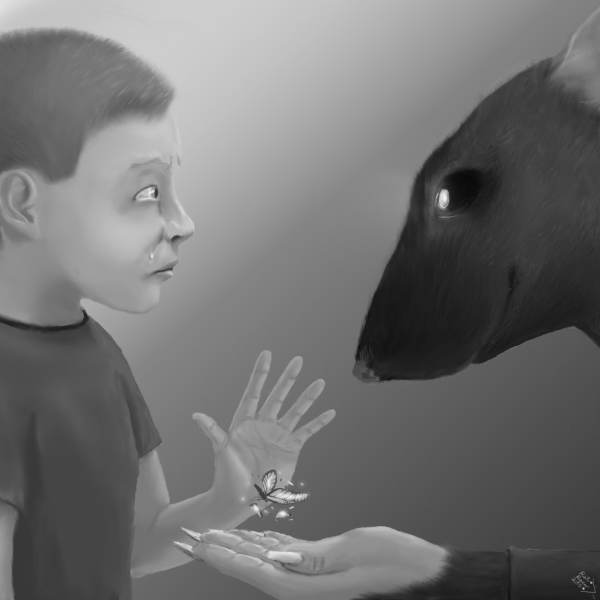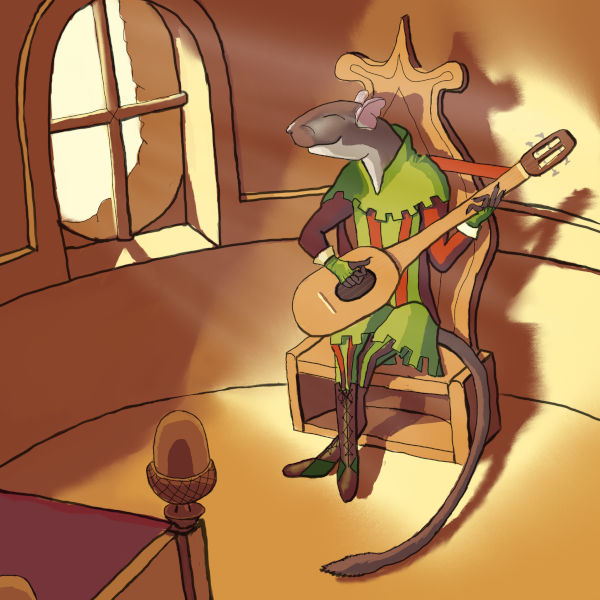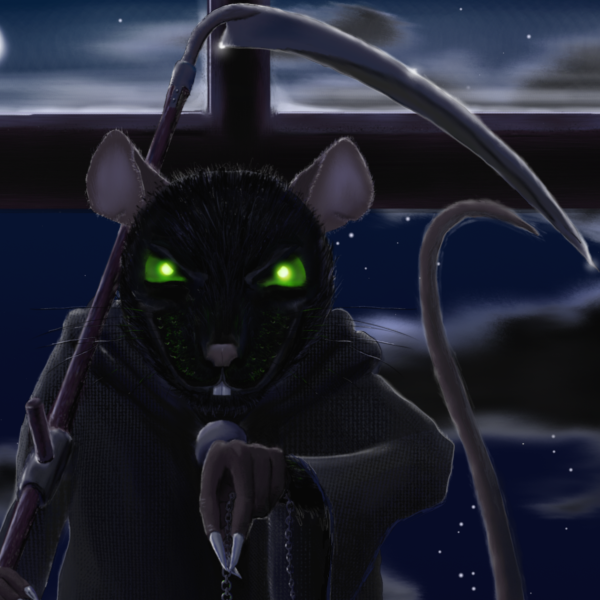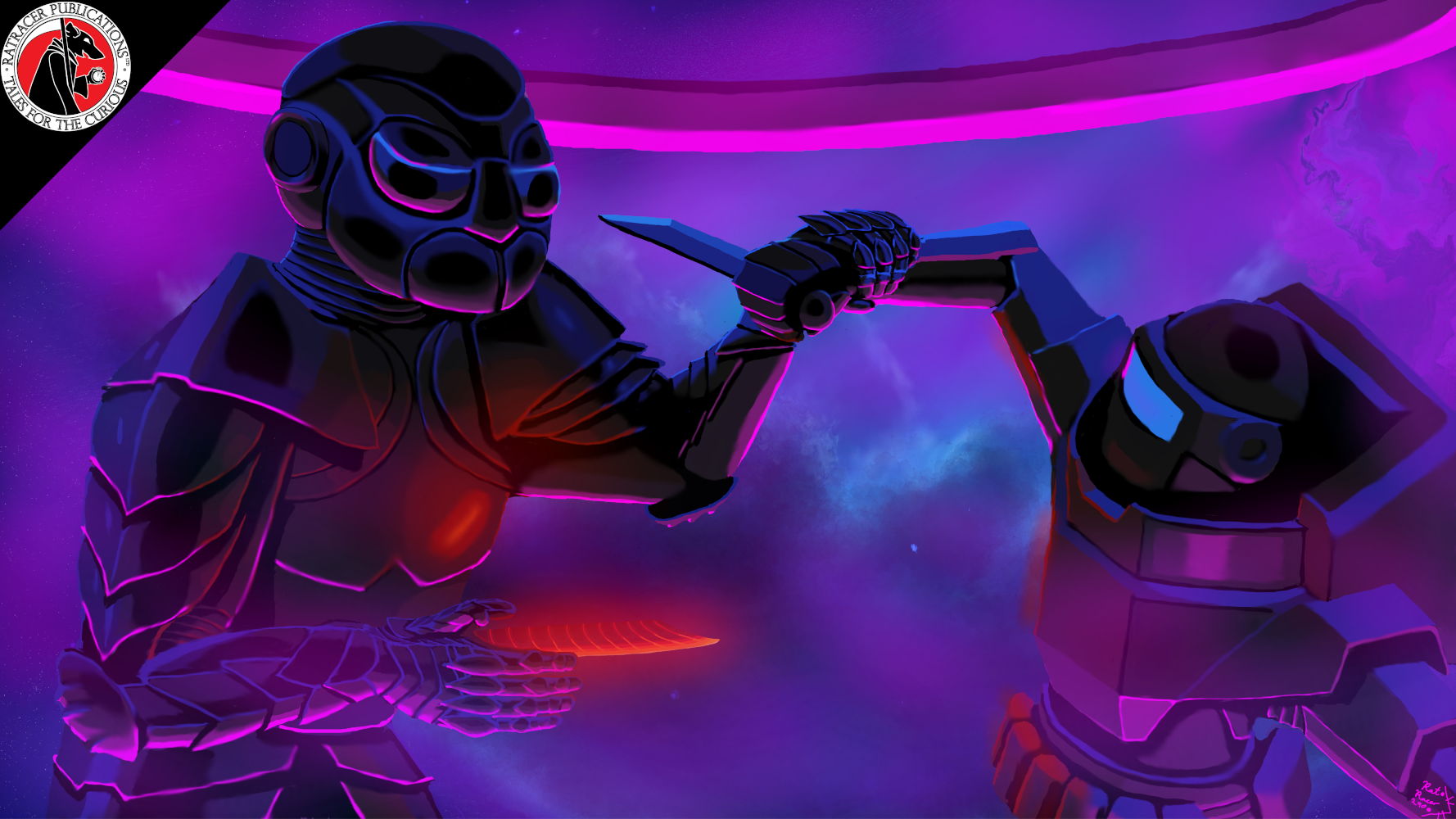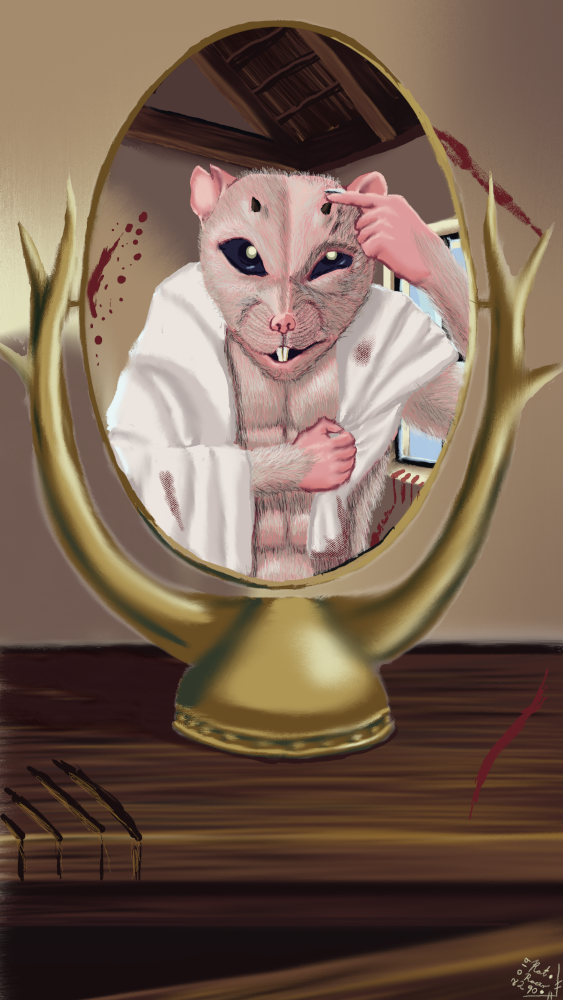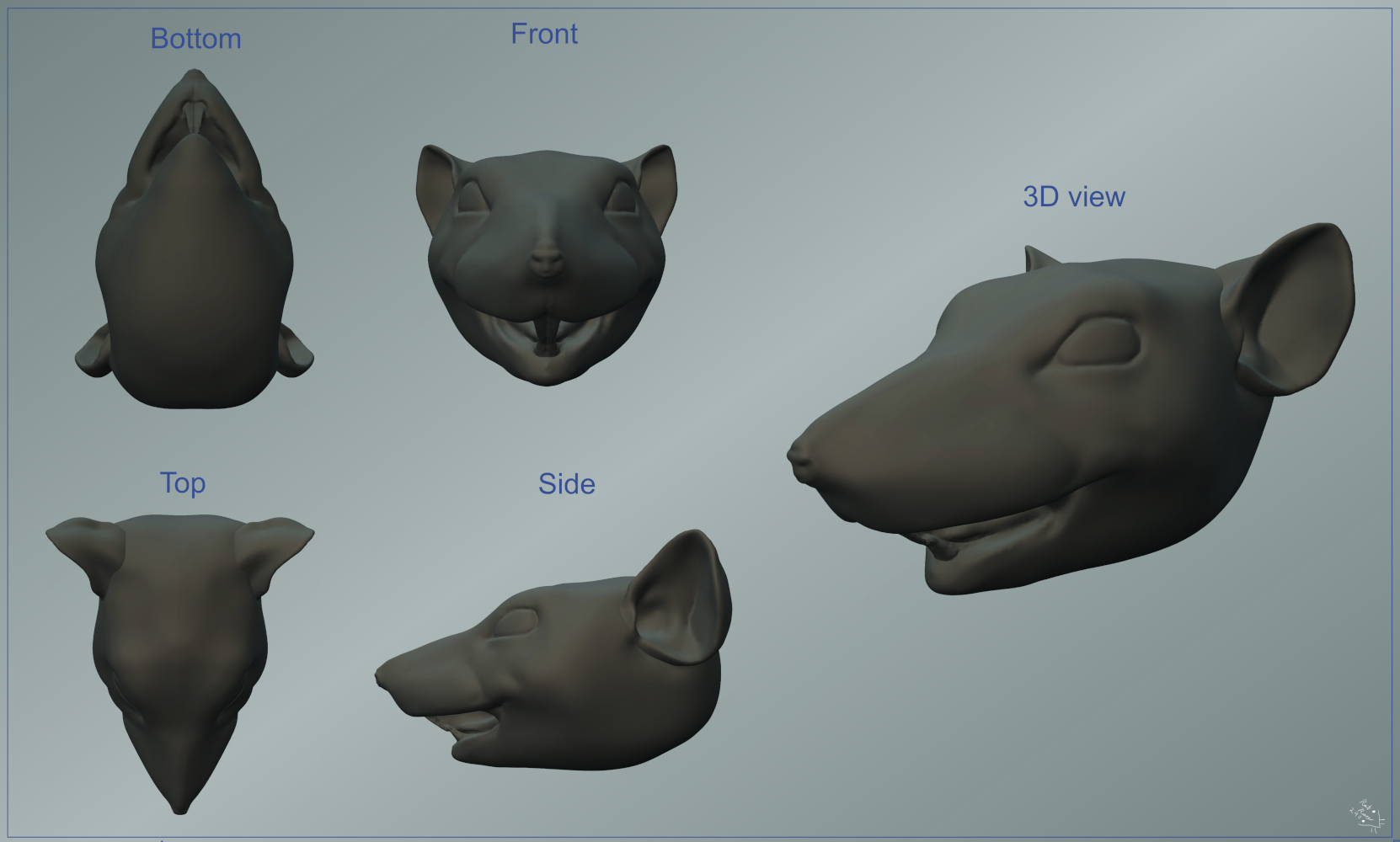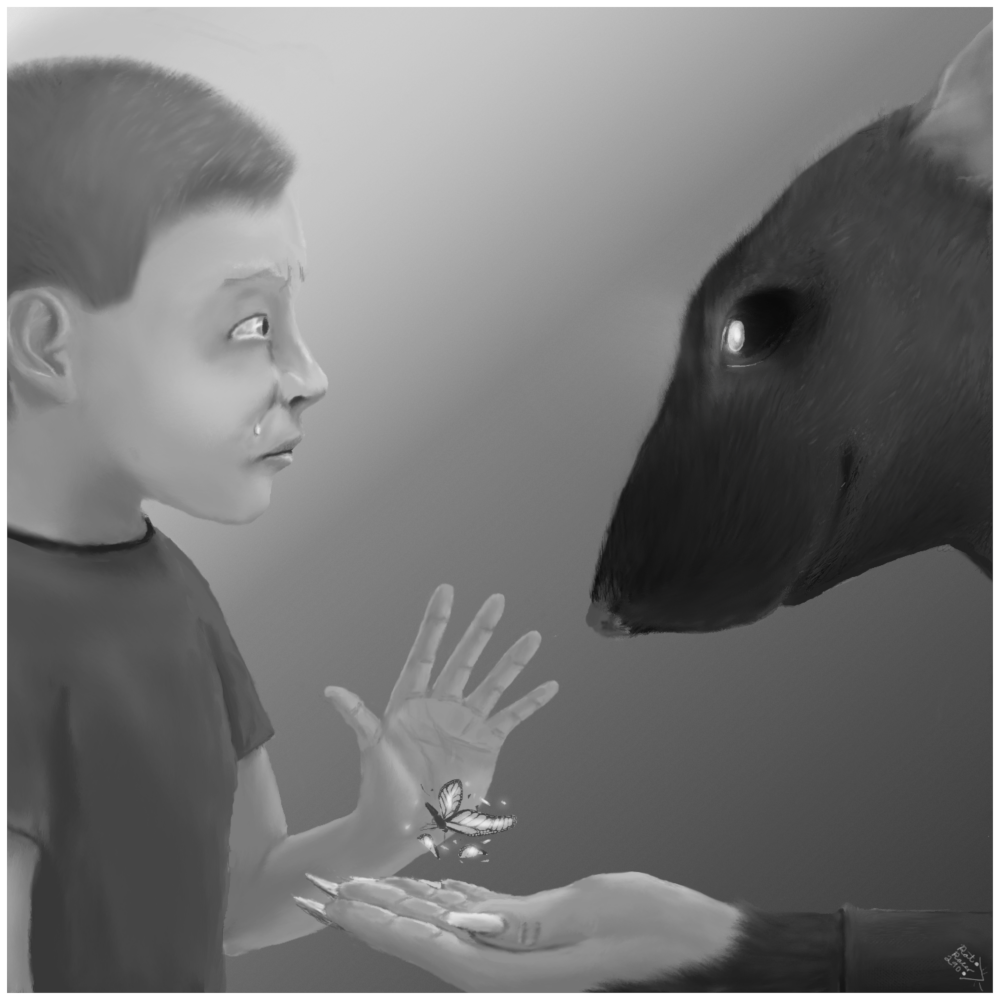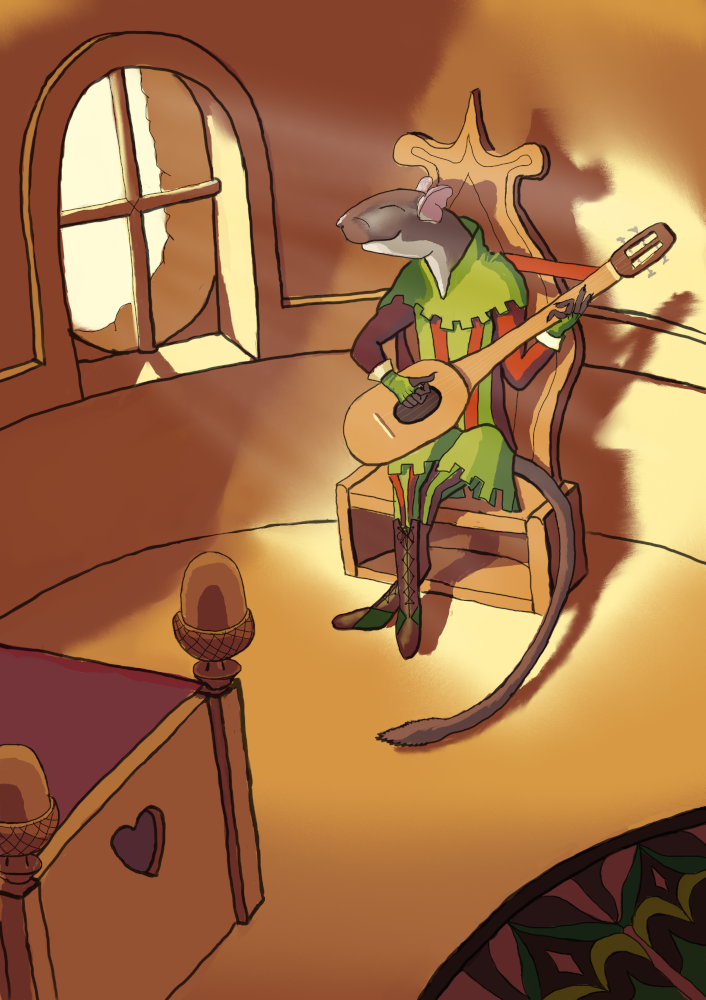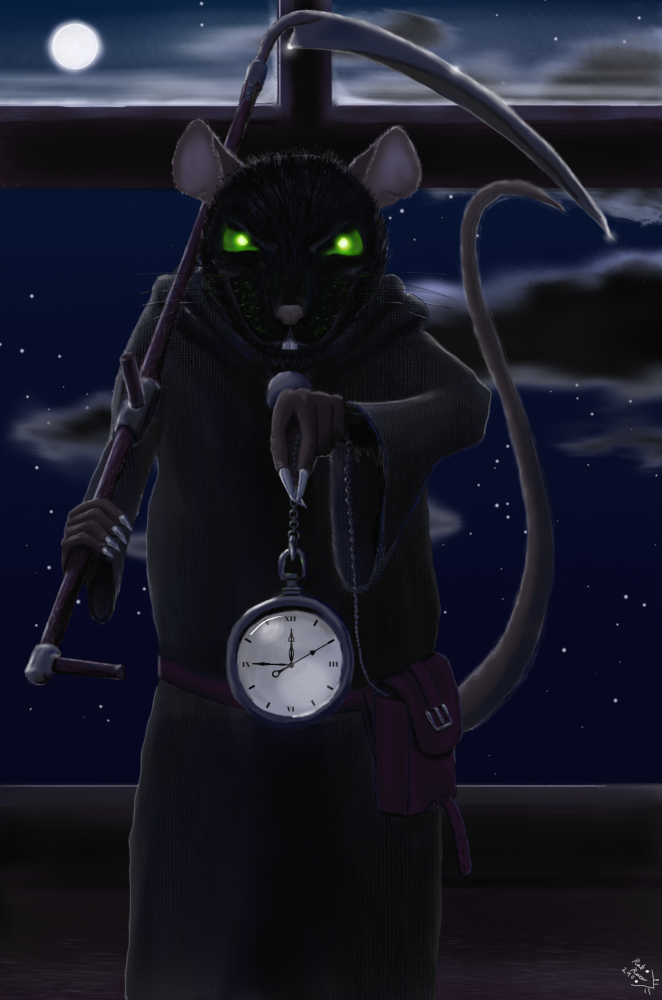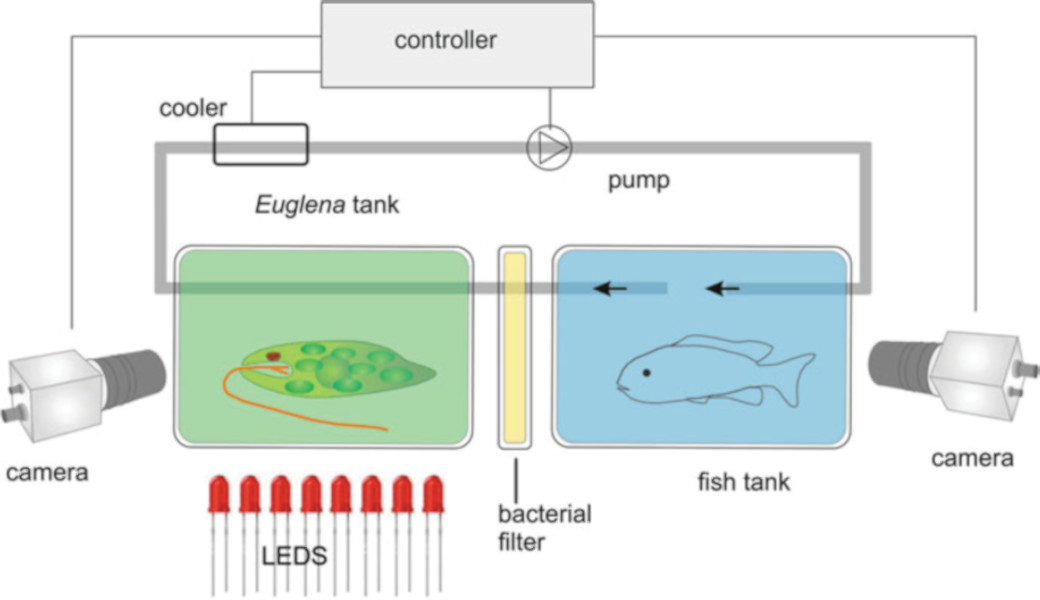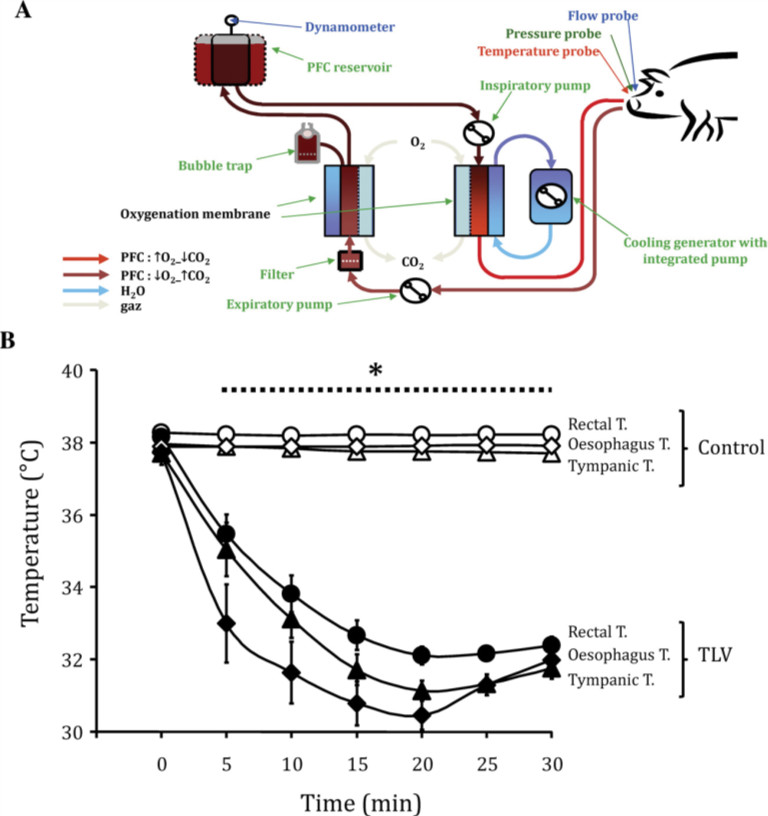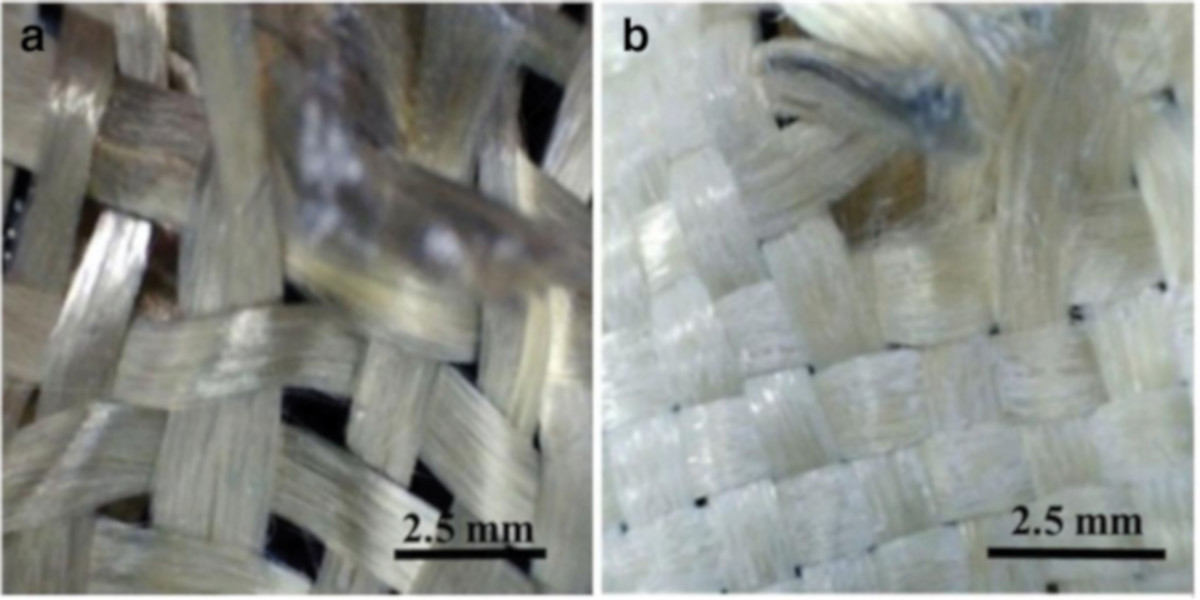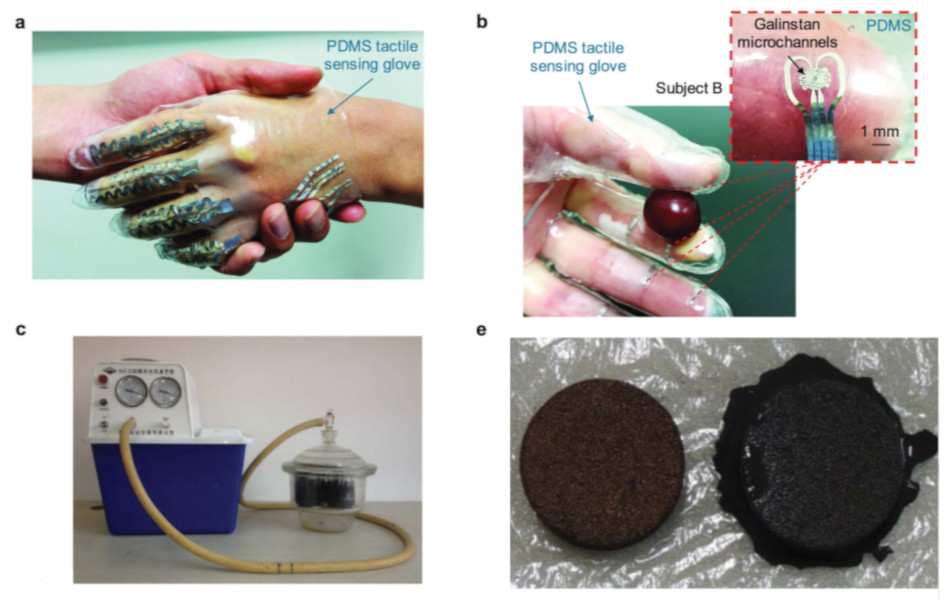The Grave Tome of the Grey
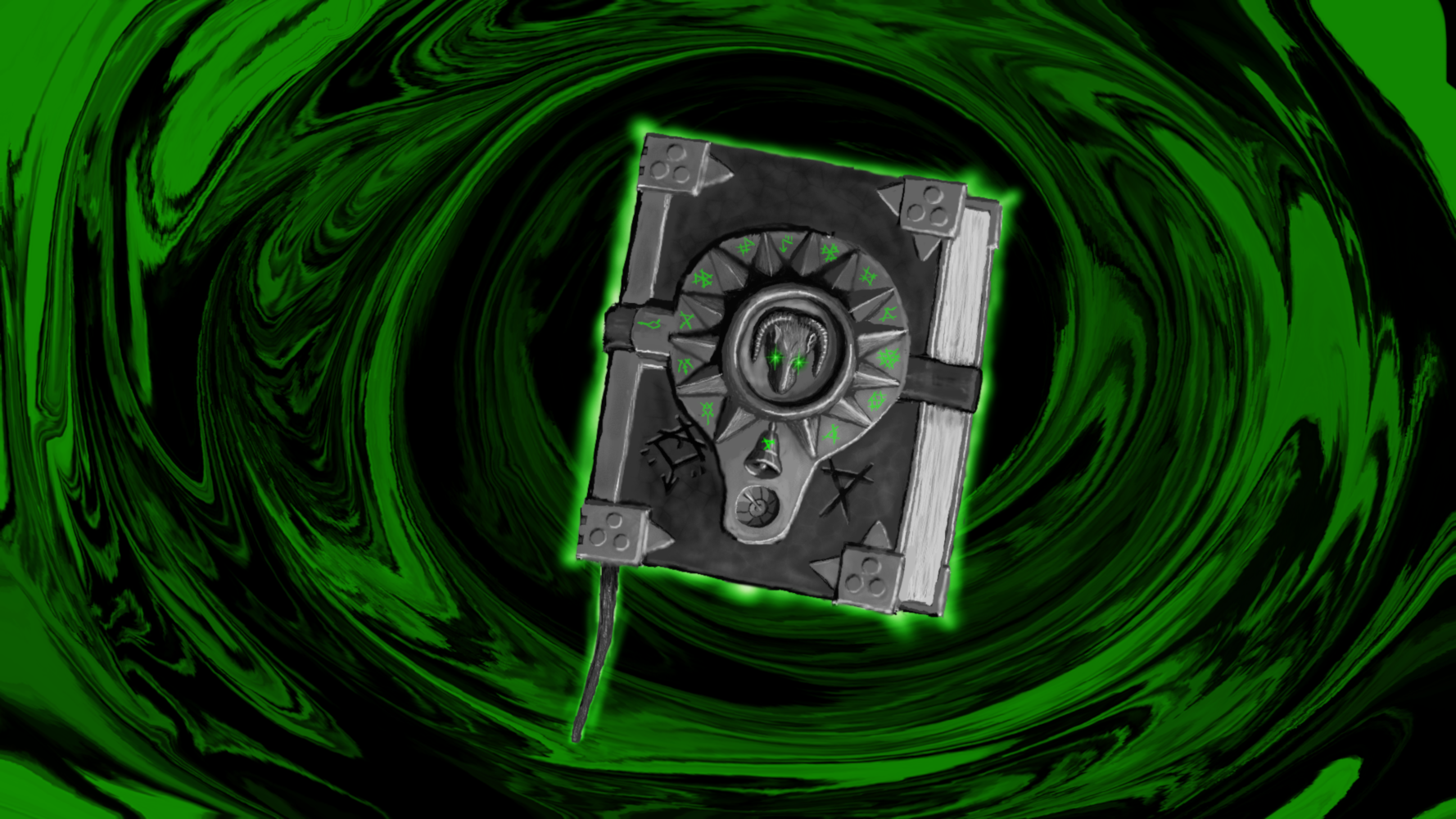
“This is a story about a book, my book to be precise. Who am I and what is this book? Well, even I am uncertain about such questions. Perhaps if we read it together, we can find the answers ourselves. What I can tell you is the person that started it was talented in the ways of magic. An arrogant klutz that had a habit of causing all manners of chaos within the various schools of the arcane that wished to harness his talents. The latest incident involved an attempt to light a fire which almost burned down an entire library. He also had an ego so large it that would make the gods blush. However, the most annoying and dangerous of his attributes was his ravenous curiosity. He had been cast out of every order of magic save for the Jade wizards, who had just lost half of their library. They were too afraid to force a wizard of such power loose, so they decided to send him on an “errand”. A long journey south to the sparsely populated villages, where there were rumours of a plague stalking the countryside. The Jade order wished to the establish whether this ailment was a product of the supernatural, even though very few believed it was likely. It was not difficult to get the young wizard to take this “important task” by appealing to his immense ego. The journey was long and hard, but along the way he managed to find a replacement for his beloved journal. He hoped that this one would not share the fate of being reduced to ashes. Little did he know that this one was not only going to survive but be a testament to one his greatest achievements. The key to a power so tremendous that it would rival even the most powerful mages of the world. Don’t believe me? Why don’t you read it for yourself?” Page 1 The date is, well I am pretty sure it is a Wednesday, it is so difficult to keep track of time while travelling through this forsaken swamp. It is strange to write in an empty book again. It seems lighter somehow, even with its thick leather cover. I was lucky to find a book of this quality down in this barren place. To be honest, I am surprised that there are any books at all, I have yet to meet a man that could actually read. They seem to be as superstitious as they are stupid, which means I have had to hide under rags and travel like a common peasant. The order has given me a lodging in some backwater hamlet near the mountains. It is surprisingly cosy for an old farmhouse, once you get used to the smell of mould and what I assume is rat urine. I have yet to see any sign of this plague that they were talking about. I’m beginning to think that this was nothing but a ruse to get me away from the college. It’s not like it was my fault, if they had just kept the fires going a little longer, I wouldn’t have resorted to using my bright magic and they wouldn’t have lost half of their poorly stocked library. However, I have heard rumours of some dwarven ruins nearby that has been rarely touched. Thankfully the locals still fear whatever monster they can think up during their drunken existence. Perhaps there is something valuable to barter my way back into the arch mage’s good graces. Page 2 The dwarven ruins have been picked clean. Apparently, there are some people that have a modicum of intelligence that live in this mudhole. Everything is gone, they even tore out parts of the wall, they must have had something shiny on them. Bunch of bloody magpies! In spite of this I have found a few things that might be considered valuable. The remains of some discarded projectile weapons, which I might be able to salvage, and some strange green glowing rocks. Although I have a deep fascination with dwarven engineering, these rocks were fascinating. They seem to radiate with magical energy. I dare not touch it though, as I sense this energy is corruptive in nature. Transporting them safely will be difficult, which is probably the only reason why they are still here. I have a lead jewellery box that is meant to preserve my enchanted items. Placing the rocks in that should provide sufficient protection. However, before I start heading back, I must first take some rubbings from the walls in the main chamber. From what I can gather so far, these murals commend the many victories and defeats against a foe that I have not heard of before. It’s pronounced something like Thaggoraki, which is strange because the rough translation is rat men. A rival clan perhaps? Maybe there is something in the city library that could bring light to this. I think I will go there first. Any excuse to get out of this rotting cesspool, even for a few days. It would also be nice to have a proper drink instead of the piss water they serve at the local tavern. Some of the dwarven parts are made of silver, it should be enough to barter for a few months of supplies. The order’s little ruse may actually have given me something worthy of my talents. Further investigation of this Thaggoraki and the strange rocks could be the key to a break through. One that I will shove right into their arrogant faces. Page 3 Well, that was fun. After one of the roughest carriage rides, with one of the most annoying minstrels of the entire region of Carcassonne, we finally crossed the Brienne. Hopefully the library of Quenelles will harbour some information that would be of use. I found a quaint little inn just outside the grand walls of the city. The room was fairly priced, but I still can’t afford to stay here for long. It is difficult to find time to write, as the tavern below makes so much noise that I can barely think. Especially the mercenaries, who were always boasting about how many greenskins they managed to slay decades ago. It is hardly something to boast about, really. Killing something that is marginally more stupid than you are, please could you spare me the details? However, I did overhear a peculiar group with all manner of strange tools whispering in the corner of the bar. They were upset, something about an ambush. I asked the bartender about them and she was actually quite polite considering her current environment. She said they were just a bunch of rat catchers. They apparently go from farm to farm to keep the grain safe from the many pests that litter the countryside. Funny, they seemed a bit over equipped for something that mundane. I mean what pest needs to be subdued by a halberd or crossbow. Anyway, it is getting late and I can barely afford a pint. I need to work quickly if I am going to show those pompous fools in the college what a real mage is. After raiding the local library, I will see if I can find any dwarven traders. They would probably have at least some interest in the parts that I brought. That, and there is the possibility of getting some answers about these rat men people. Page 4 Dammit! After getting up at the crack of dawn and spending every daylight hour at my disposal, I found nothing! Not a single reference to the Thaggoraki or those strange rocks, even after reading almost an entire bookshelf of dwarven literature. Maybe I would have better luck up north, if it weren’t for that bloody fire. At least I can get a proper drink, mustn’t overdo it though, I need to hunt down a dwarf or two. Preferably ones that have a bit of gold stashed away. I caught our old rat catcher friends in the streets. They had what at first looked like nothing but a sack of grain. However, as they placed the sack on their cart, a hand drooped out. It was dead, whatever it was, but the fingers and nails seemed wrong somehow. When I asked them about it, they politely and rather patronisingly explained that it was a body from the sewers. They claimed it was part of their job to clear it, as it would attract more rats into the city. During my time in the Green Order we spent many hours examining the deceased. That hand definitely did not belong to a man. I think I asked one too many questions, as they hastily pushed me aside and rushed towards the city gates. A very peculiar bunch to be sure, but I have enough mysteries on my hands, I really don’t need another. I found out that there is an abbey not far from the city where they wear robes very similar to the ones of the white order, I even got to see one for myself. It might be a bit risky, but I still have mine. After a little game of mix and match I should be able to pull it off. It will probably make it easier to talk to dwarves wearing it. Usually they would shy away from men in rags, can’t say I blame them. I think I will go downstairs for a nightcap before I call it a night. Page 5 I must be blessed, it is a miracle that I am still among the living. It is difficult to put the harrowing events of the last few days into mere words. My dwarf hunting was successful, and I made a fair bit of gold on the parts. However, when I inquired about the Thaggoraki and the strange rocks, the conversations always turned sour. When I mentioned the rocks, they promptly asked whether I was stupid enough to touch them. Clearly the substance was more volatile than even I could imagine. Speaking of the rat men usually terminated the conversation immediately. The last one I spoke to suggested that I stop speaking of such things, before I end up on the rack. That was enough for me, I have had run ins with the empire’s inquisitors before and did not want to relive them. It was when I returned to the tavern that I realised it was too late. There they were, with their grubby leather robes and their man catchers at the ready. Two had taken position at the front door, I assume it was the same at the back. No doubt they were also inside, rummaging through the few meagre possessions that I brought with me. Fortunately, a group of the clerics from the nearby abbey were walking out of the city, they must have also been fooled by my disguise as they allowed me to mingle. I must find out which god they dedicate themselves to, as I owe him or her a favour, that is for certain. Why were they after me? Perhaps the answers I seek have a greater gravity to them. The lesser men of the college would surely abandon their investigations in such circumstances. However, I am not a lesser man, nor am I a coward, I shall return to the dwarven ruins as soon as I have finished my preparations, and, I shall do it in this lucky garb. Nothing will stop me from finding the truth. Page 6 The Inquisition can be called many things, but tardy is not one of them. Even when running most of the way, I was greeted by the site of wagons encircling the small entrance of the dwarven ruins. One of those traders must have blabbed about the place. I counted five tents, which means ten people. However, I recognised the wagon and equipment of my old rat catching friends. Why would the inquisitors bring them along? Thankfully I know the ruins well enough to know that ten men are not enough to secure it. Dwarves are cautious builders and have many ventilation shafts, which would be difficult to find on the outside, unless you happen to have a scaled map of almost the entire interior. My brilliant foresight allowed me to find these shafts with relative ease but, alas, most of them had been blocked off recently. Whoever they are, these people are not fooling around. After a lot of squeezing and shuffling, I managed to get through a shaft that lead to a magazine near the centre of the ruins. The metal doors were barred from this side, meaning that they had yet to find this place. It was a good thing too, as there were more of those strange rocks, a lot more. Very odd, as usually rooms like this one would have barrels upon barrels of black powder. Instead, the place was a little less volatile, emphasis on the word little. It seems that someone had converted the room into a makeshift laboratory. Smart, as this room ‘was’ well ventilated in case of an explosion. Perfect when working with hazardous fumes. It took a while for me to find the culprit, he was hunched in the corner behind a stone slab that had been used to perform a great deal of alchemical experiments, leaving its surface pitted and scorched. The skeleton was that of a dwarf, even after all the meat had fallen off his bones, I could feel an aura of dread around his corpse. I couldn’t help but feel pity for the creature. He had wrapped himself around a book. I tried my best to be gentle, but one of his arms came off when I retrieved it. His bones were littered with bite marks. I suppose that was what killed him, what a horrible way to go. Page 7 I have to be careful about using my candle as the noise of heavy boots passes the doors on occasion. This dwarven tome is strange, most of the symbols in it are of elvish design. I recognise them as cleansing wards, the kind taught to me by the Light Order. Most of his work was fixated on what he called warped stone, which is likely referring to the glowing rocks that now surround me. However, his goal was not to cleanse the stone of its chaos energy, but to corrupt it. The dwarf may have been talented, but he possessed little knowledge of chaos magic. Fortunately, my mentor in the Jade Order was also once a member of the Amber order, I really hope he can take me back after this. The Jade and Amber orders study the chaos powers extensively in order to better counter their effects. What little knowledge I have should be sufficient to take this study further. The intent behind his research was very intriguing, as it turns out, the Thaggoraki were not some rival dwarven tribe, but rather a type of beast, literal rat men. How could I not know of such a creature? The theory was that these creatures, unlike the beastmen, were not a product of The Coming of Chaos, but the result of a powerful ritual. There Is a lot of reference to a settlement once called Kavzar, apparently it was a place of great abundance, but is now a blighted marsh where these creatures congregate. According to him, the surrounding soil was probably rich with this warped mineral, causing improved fertility. He believes that this substance was corrupted somehow, changing the land as well as bringing forth these ravenous creatures. If this were true, then theoretically such creatures would be vulnerable to certain types of magic, thus it might be possible to create a ward that would repel these beasts. I think the fellow was onto something, but sadly he did not have a chance to finish his work. This finding should get me back into the safety of college dorms for sure. Now, there is just the small matter of finding out the reason for the inquisition’s interest in this place. Page 8 With careful timing, I managed to slip out of my little sanctuary. Getting out quietly was harder than expected, as there was a pile of powder kegs in front of the door. There was only one guard patrolling the place. He had a fire going near one of the ventilation shafts that they had yet to dismantle. It was rare for the man to move, which I thought was odd at first, but I then realised that the floor was covered in an assortment of gnarly traps. Unfortunately, he was in the one room that lead to the rest of the ruins, and tip toeing around his security measures would definitely be noticed. I watched him for a while, waiting for him to wander on another patrol, but he was relieved before then. It was one of the men from the pub, but he was wearing inquisition colours now. He mocked the other guard about the ridiculous number of traps around him and his refusal to check the back rooms. However, it was clear from the sound of their voices that the one being mocked was older and more experienced. The older man patronised his younger colleague, pointing out how quiet the rats can be and how they could be attracted by the torchlight, and also something about tunnels in the walls. I listened carefully but it was difficult to hear them over the crackling of the fire. It felt like ages before the sour old man finally pissed off, and since his companion was a carefree whistling tosser, sneaking by was a breeze. Once I got passed the double act, I was free to explore at my leisure provided that I disarmed the traps that were placed at every single doorway, the boy was right to mock that old man. In almost every room there were stacks of powder kegs, it seems that their main goal here is to erase the ruins from existence, how tragic. From what I can gather they are busy preparing the fuses, which would mean that I have a couple of days at most.
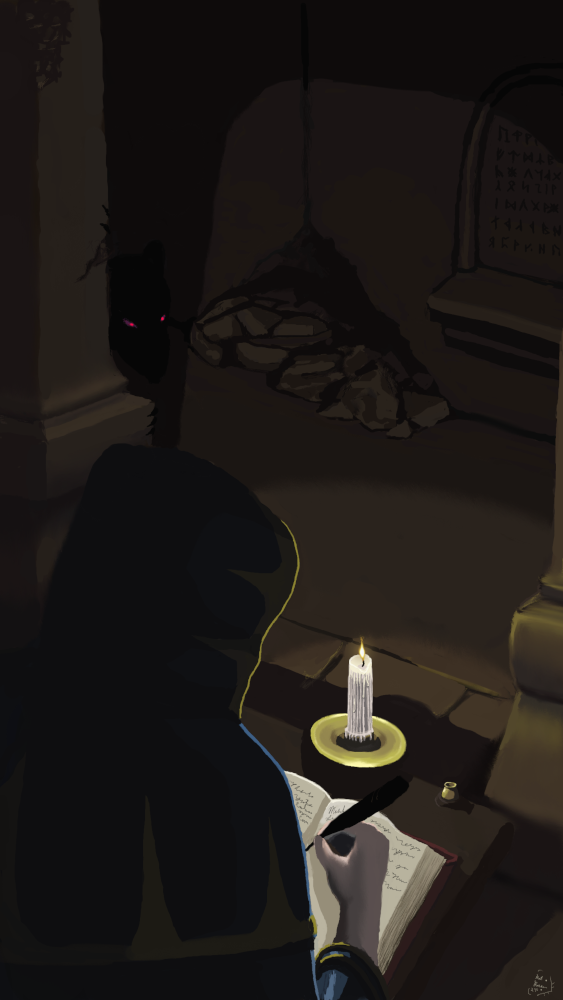
Page 9 I saw one! It was just sitting there in the shadows, as I was copying one of the murals that had yet to be defaced. The way it squinted at my candle, it looked like the light hurt its eyes. However, the creature’s curiosity seemed to overpower its pain. The thing did not know that I had seen it as I was careful to only observe it through the periphery of my vision. The Dwarf didn’t spend much time describing his attackers, other than the many ways in which to disembowel them, so this was very educational, even though most of it was shrouded in darkness. Its eyes glowed red and its yellow teeth glistened as my candle continued to dance. It was bigger than I expected, bigger than a dwarf, but not nearly as stout. The rat catchers did say that they were weak creatures, but also very quick. They spoke about how the creatures usually come in numbers, so I had to be wary of my surroundings. However, despite my best efforts to remain alert, the creature disappeared within a blink of an eye. Although I hated to admit it, maybe that old man had the right idea of putting down all those traps. It took a while for me to rearm them and sneak back into my private room. I think I have seen enough, it is time for me to take my findings elsewhere. Since I saw that monster, sleeping here has become a lot harder. I better leave before my luck runs out. Page 10 Shuffling all of my findings out of the ruins was a task and a half. I am so happy that I managed to get it all into my dank little hovel. Now, I have all the time I need to continue my research into this dwarven tome. Already I have found out important properties of the glowing rocks. How they were mined were of particular interest. Apparently, the substance responds to sound. The simple act of slamming a pick against rock makes it glow even brighter, thus finding a vein is relatively easy. This explained why many of the alchemical experiments involved a tuning fork. I had hours of fun verifying this by using the cowbells I found hanging in the nearby barn. However, utilising the corruptive nature of these rocks were a bit more tricky to understand. Usually chaos magic is fairly simple, making it so attractive to the average impatient hag that attempts magic. The winds of magic can be fickle at times, mastering can be a real pain. It’s kind of similar to extracting water from a fast-flowing stream. First you have to find it, then to be careful with the bucket to avoid falling into it. ‘It’s the finding’ which is the biggest headache. However, chaos magic has a very different approach. Instead of finding a stream, you dig a well or, preferably, get a bunch of saps to dig it for you. The biggest problem with it is that you usually drown in the process. I have tried everything to recreate these corruptive spells that the dwarf used, but they simply don’t work. There is something fundamental that I am missing, but what? Perhaps the dwarf had experienced something that allowed him to do them. Hopefully, it is something that isn’t restricted to dwarves, which is a distinct possibility. He did mention that strange bog a few times, maybe that is the key to this? If I could reverse the corruption found at that place, I might better understand the nature of it. I am going to need a lot of samples to do that. A trip to that place won’t be easy, according to the maps within the tome. There is a mountain path that leads to it, but it is treacherous. I have to consider my options carefully.
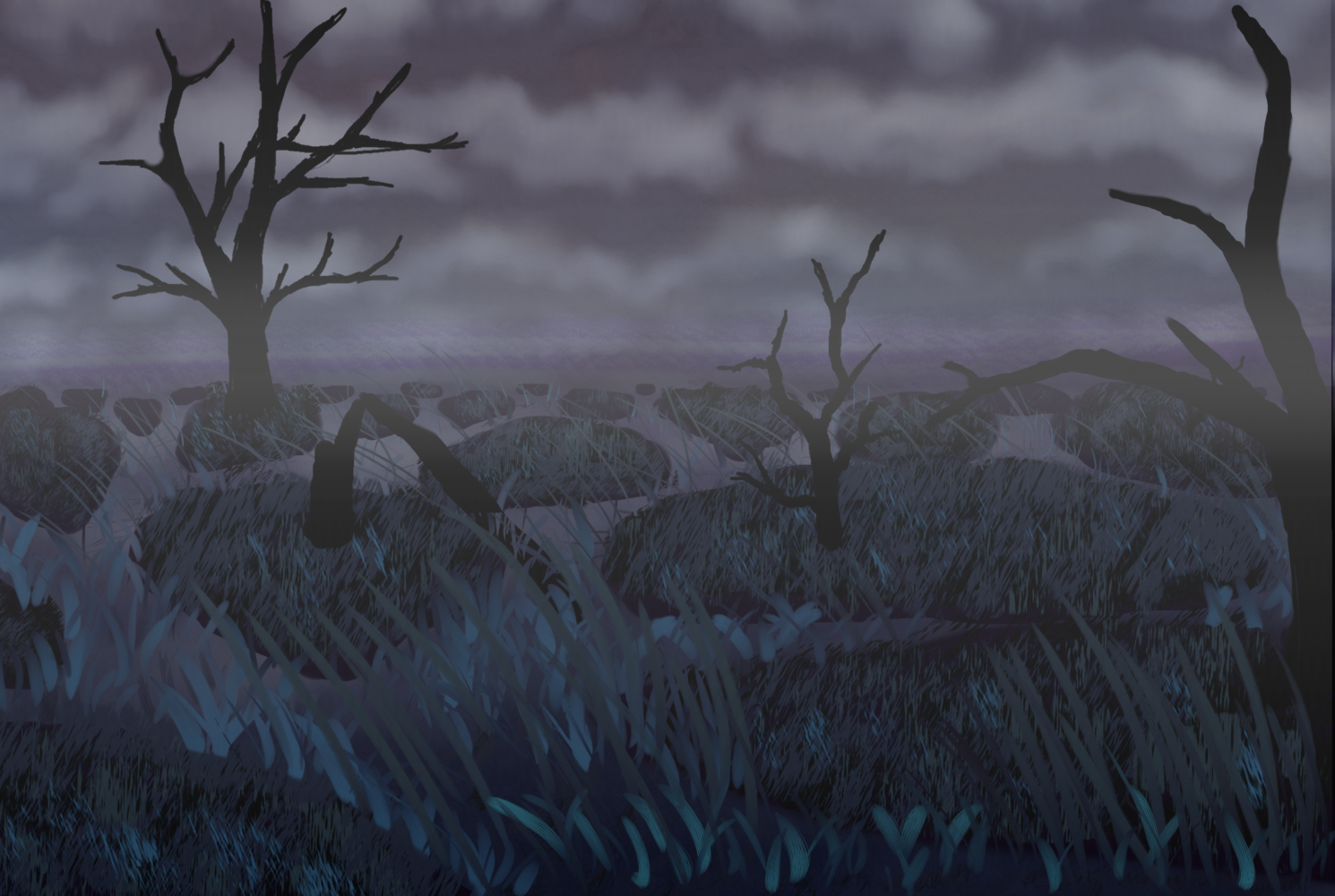
Page 11 I made it! Sprained my ankle in the process, but with a little magic such things become minor obstacles at best. Returning should be easier, a bit longer perhaps, but I have plenty of supplies. The Tome’s description of this place does little justice to it. It is almost overwhelming, the stench, the flies, the rot and slime, all combine to make the body feel cramped and clammy. There is indeed foul magic at work here, but it is questionable whether it is a product of the chaos powers or just the natural order of things. Most of the plant life here seems twisted and warped, could this be a product of the curse the dwarf mentions? I have so much work to do, yet I fear that if I stay in this place for too long I will fall victim to it, or worse, the things that reside in it. Fortunately, there has been no sign of any danger near my camp, yet I seldom sleep. Seeing that dwarf’s gnawed remains, has left a scar in my mind. The very idea such creatures exist frightens me and is likely what drives my resolve. As much as I hate to admit it, thoughts of returning to the college have been growing sparse of late. It seems as if finishing this research has become a greater priority to me. If this ritual is real, if it is possible to twist life in this way, if a mortal can harness such power, I must know of it. Whatever happened to this place, it must be related to some form of chaos magic. The soil is black, the trees are black, the water and plants are even black. It has to be magic. I am so tempted to try a few spells to better understand what is going on here. However, any attempt to do so would probably end in disaster as I can feel that the winds of magic here are very strange. Page 12-13 I’m afraid that I cannot stay another day. Last night’s activities meant that I didn’t get a wink of sleep. It was worth it, though. During night’s darkest hour, the skies lit up with all manner of noises and lights. At first I thought it was nothing more than a summer storm, but as I watched the strange black clouds dance, I realised that there was something unnatural about this weather. Mixed in with the rolling rumbles that followed the eerie green flashes there was a distinct ring. I must be going crazy as it sounded similar to the bells from the old cathedral near the college. Braving the winds and occasional bolt of lightning, I decided to follow this strange noise, my clothes are absolutely drenched as I practically crawled most of the way. Before long I was confronted by the source of this cacophony. It was a tower that was so tall that it pierced the blanket of darkness above. Despite the horrors that lay before me, fortune seemed to fall in my favour as the spyglass that I “borrowed” from my Celestial days meant that I could observe this disturbing monument from afar. Who would have thought that my former master’s fascination of birds would actually be of some use after all? I couldn’t see much as the only light was the strobes of green lightning that increased in frequency with each bell chime. What I saw was so strange that I must have rubbed those lenses to a fine polish. It was the same creatures from the ruins, but their numbers were in the hundreds. There was a long line of them going into the city of ruins that lay at the foot of the tower. Each one was carrying a barrow or sack filled with the strange rocks that have become so familiar. I could feel the winds of magic being disrupted around me as they were replaced with an energy so terrible that it forced me down to my hands and knees. A different bell began to toll, it’s chimes were so deep that my bones rattled with every ring. The lightning stopped and a dull green glow came from the top of the tower. With each bell toll, the ratmen gave out an awful cry. Even though I did not understand what they said, I felt compelled to join them and shout the number of tolls I heard. There were 13 in total and my voice went hoarse before the end. It was truly frightening to feel such power seize me like that. However, it was not nearly as terrifying as what came next. A voice shattered the sky, it was louder than all of the voices of the ratmen put together. The powerful bellows and screeches from the sky were answered with the chants and chitters of the hundreds of vermin below. I never felt or heard anything this terrifying. Once it was over, I found myself running as fast as my legs could carry me. Now I am cowering in my tent with a ‘fear of the dark’ that I had not felt since I was a child. If I am not careful, I will run out of candles which will make the journey back far harder and longer, something I cannot afford as it is unlikely that I will rest until I am in the safety of my mouldy cottage. Thankfully, I believe I have all the samples I need and should be able to leave this forsaken place in the morning. Page 14 Well, home sweet home, I guess. Though, the holes in the ceiling are new. That light show from a few nights ago must have affected the weather, even all the way out here. Thankfully this used to be a dairy farm, so there is no shortage of buckets. It took a while for me to get comfortable with the nearly incessant dripping, but now I actually find the rhythm rather soothing. After repairing my sprained wrist, healing with only one hand is surprisingly difficult. I probably should have taken a day’s rest to recover from the week’s trials, but I just couldn’t help myself. Of course, doing my work in this place would likely end in my fiery demise, so I needed to set up shop elsewhere. I went to an old abandoned farrier’s forge down the road. They must have left along with most of the farmers. The fields were taken in the floods so there was not much hope for future business. However, one man’s fortune is usually someone else’s misfortune as this was a perfect place to do my work. I thought It would be best to start with plants I collected, most of it looked like some sort of crude grain. Taking an old pan, I placed the clippings of the dark plant into the old forge. It took a while, but the fire eventually turned the black pan a deep red, after which the plant ignited with a brilliant purple flame. In a matter of moments leaves and stem turned to ash, the seeds within popped and crackled out of existence. Much to my surprise, even though the entire pan had turned to many shades of red, there was a drop of some sort of black oil. Unlike what I would usually expect, this oil did not bubble or hiss, it just remained still. I removed the pan from the fire and began to swirl the substance. It was as thick as honey but also as slick as lard. In an attempt to establish the corruptive power of this “sludge” I added a few drops to one of the buckets in my house. Rainwater is the purest substance in my possession, yet it all turned black the moment the two liquids touched. It was at that moment I realised I was working with “Black Water” which means that blood magic was involved. Now it all makes sense, as far as I know blood magic is beyond the hands of dwarves, he must have had help, but from whom? Page 15 After rereading the tome, I think I found where the little guy got his study buddy. Dwarves are probably not the only ones who hate these foul creatures, perhaps some of them are even fouler. I noticed that if I replaced the mention of “black earth” with that of “black water”, the rituals changed entirely. This simple double encryption was likely to put off his partner, indicating a lack of trust between them. It also brought clarity to a scribble on the back of the cover. “The mountains of black earth” made no sense to me, but “the mountains of Black Water”, that is as clear as the drops from my ceiling. What I am about to do is unquestionable insanity, I should stop here, I should listen to reason, but the more I think of these creatures, the more I want to rid this world of them. I will need goods to trade if I am even to stand a chance. There is an old carriage near the house, and I am sure there is plenty to salvage from the many abandoned places in this forsaken town. I will just have enough gold left for horses and rations. Traveling such dangerous paths without an escort would be suicide for most, but it is a good excuse to reignite my passion for bright magic, as long as I keep away from any libraries. Perhaps these green rocks would be of some value there and lead me to the dwarf’s partner, I doubt that the stuff is common in those parts. I don’t know what to expect or even if my hypothesis of the phantom partner is even correct, but this is too important to stop now. There is just the small matter of getting over the border, I have an idea, but it is best not to put it in writing. Page 16 Well, I’m over the border, which is good. However, I am certainly paying for it. There is something in that potion that always gives me the runs. Still, at least I don’t have to worry about the smell. This place reeks of dwarfs, goblins and orcs, so no one would even notice the trail of stench I left amongst the trees. I didn’t have much to go on, nothing really, save for the glowing rocks in my jewellery box. After being shunned by a number of dwarven merchants, I was directed by a weapon smith who lived on the shore of the Black Water. He was old, even for a stunty. When I showed him the stones, he immediately asked where I found them. As my pronunciation was rather terrible, I showed him the symbols that I assumed was the name of the ruins. Thankfully I was correct, however he asked a follow up question about another dwarf named “Durin”. From my knowledge of dwarven culture I knew that it was a very powerful name that is usually linked to nobility. Unfortunately, I did not know the name of the dwarf that wrote the tome, so I showed it to him to see whether it meant anything. When I told him how I found it, his mood changed drastically. We talked for a while, but he was eager to go back to his home. He invited me to join him, I reluctantly accepted as I had many questions. Judging by the number of drinks he managed to consume, his business must have been going very well. After the fifth one he started crying, there is nothing more unsightly and loud than a dwarf in mourning. Apparently the one that wrote the tome was an old apprentice of his, but his talents for enchantments lead him down a very different path. He came from a clan that lived close to the ruins, they were driven out by the ratmen. His ambition was to help his clan retake what was rightfully theirs. When I asked about the chaos magic that might have been used in his work, he was quick to direct me to an abandoned windmill in the woods near the mountain. I thanked him for his time and gave him the tome for safe keeping, as I had already transcribed the important parts. Page 17 Following the directions of the grief-stricken dwarf, I found what was at one point a windmill. The top of it had fallen off completely and was laid to rest at its side, as if it were decapitated. Smoke rose from the remains and clothes hung on a line that had been fixed between the two separated structures. I quickly realised that I was not alone, but I was still taken aback by the company I had. It was one of those disgusting goblin creatures. I thought this pest would be a minor inconvenience, until he summoned a ball of fire that almost set my robes aflame. We must have fought for an hour, to be honest I haven’t had that much fun in a long time. The beast tired out, he was rather reckless with his casting, yet they were still impressive, which I will never admit to the creature’s face. I could have killed it right there and then as it was alone and vulnerable. However, I went there for answers not blood, so I showed the sorry beast the rocks instead, not expecting much. It then began to speak using the tongue of the Black Water dwarfs. Where did it learn something like that? As I stated before, my pronunciation was terrible and I was not going to embarrass myself, especially in front of such a foul creature. Instead, I wrote my replies in the back of this journal, thankfully it could read as well as it could speak. In fact, it could do both marginally better than I, correcting my mistakes throughout our discussion. As irritating as it was, the conversation was very enlightening. Apparently, there were a number of greenskin tribes that were also forced out of those mountains. The old goblin shaman was once celebrated amongst its kin due to its talents with magics, that were thought to be beyond any of them. Unfortunately, it was taken prisoner by the ratmen as they thought it would make a great sacrifice. When the dwarves tried to retake their hold, they stumbled onto it. They must have fought its tribe before, as they recognised the garb it wore and knew it was versed in magic. The dwarf made a pact with it to try and find a way to repel the invaders. After telling me the story, it showed me what I needed to know, in return I gave it the knowledge that the dwarf tried to hide from it, which was only fair and it’s not like the dwarf would care anymore. After a few days of practice and a few experiments, not big ones, just little ones to verify the knowledge we gave each other, we parted ways. I never thought I would enjoy the company of a disgusting greenskin.

Page 18 This is it! I have all of the information I need and after bit of bartering I also managed to scrounge the necessary equipment. It was easier to cross the border in the other direction, much to the relief of my derriere. For some reason I have grown fond of the old farmhouse and was quick to reacquaint myself with its mouldy, dripping interior. I started small, deciding to recreate the black ooze that I found before. From what I understand it is actually an act of corruption on the chaos magic itself. This is so crazy! I’m utilizing elvish, dwarfish and some symbols I haven’t even seen before, to create a means of containment for a magic that I have never seen. If those inquisition halfwits saw me now, they would probably hang me on the tree outside. Setting up the experiment was simple enough. First, I got a silver plate, placed down some cork with an equilateral triangle etched into it, and then filled the plate with rainwater. Carefully, I placed the most impressive specimens of the glowing rocks at the corners of the triangle. Once completed, I covered the assembly with a bell jar, which had the ward spell engraved in the crystal. Then things had to get a bit messy, as with all chaos magic, ‘blood’ is always a requirement, and since I was fairly fond of my own, I required an alternative source. My years working with the amber order made acquiring such things relatively easy. Ironically the most abundant source were the rats that had infested the barn. It wasn’t pleasant but after just a day I managed to trap enough rats to create a circle of blood around the small table that I was using for the experiment. After etching a strange triangular symbol, who’s origin I still do not know, I brought the quaint dinner bell to the rest of the ensemble. I had to use my own lifeforce to maintain the ward, it felt a little strange, even for light magic. The rocks glowed brighter with each ring, but upon the 13th chime a dark cloud formed within the jar. I could feel its heat build-up against the glass and sparks began to arc to my fingertips as I siphoned the excess energy, it felt good, really good. The amount of power within those stones is incredible, why hasn’t anyone told me about this stuff before? Once the reaction was complete, the black ooze formed in the centre of the triangle where I had carved a dimple to collect it. It worked, now it’s time to have some real fun! Page 19 It’s amazing, simply Amazing! I managed to produce enough of that black goop to start experimenting with the plants outside. The transformation is instantaneous, former potato plants turned into monstrous looking balls of thorns, tomatoes changed into sacks of puss with teeth growing inside, most grain crops became twisted barbed things with hard shells encasing the seeds. I definitely would not eat any of it, however that doesn’t mean that it is poisonous or inedible, so I needed some test subjects. Using the skills I learnt during my time in the amber order, I caught a variety of animals. I built an enclosure at the side of the river to catch some fish, mostly Perch. There were also the rats from the barn, the cages cost a pretty penny, but none of them have escaped yet, so I guess it was money well spent. Thankfully, I found a family of wild pigs nearby who were easy to trap as well. Hopefully by feeding these animals the tainted plants, I had hoped to understand the ecological effects, and I was not disappointed. I ground the seeds of the grain and turned them into pellets, mixing it with more traditional fish feed. The fish died within two days. However, they were twice as big, a very surprising result. Feeding the pigs didn’t need much preparation, even the thorny potatoes didn’t stand a chance against those powerful jaws. Although it took a while for them to become desperate enough to eat the stuff. Apparently, the plants are so repugnant that not even the pigs will eat them willingly. The results were horrific. After just one meal the pigs turned on each other, most of the children were devoured by their own mother. The others died trying to eat one another, growing to the point where their stomachs burst open. I haven’t eaten since. It was when I fed the rats that things truly became interesting. I kept four in each cage and by the end of the third meal there was only one left in each cage. However, unlike the pigs, they were still alive, but had become three times bigger. After purchasing another cage, I began to extrapolate the experiment further. It was rather easy to transfer a rat from one cage to the other by using the tainted food as bait. To my surprise the rats wouldn’t eat anything save for the tainted plants and each other. Sometimes I hate my curious nature, as I had to watch the remaining rats eat one another leaving me with one that was bigger than the average house cat. Thankfully the one that survived was also my favourite, it has silvery grey fur and the most adorable eyes. I should probably give it a name, perhaps tomorrow when I start my next round of tests. Page 20 I have made a terrible mistake! After feeding that rat for a week on the tainted grain and water, the beast had grown thrice its original size, making it the size of a small dog. No matter how much I fed it, the thing never grew any fat. It always looked poor and sickly, but the worst part was the smell. All I wanted to do was transfer it to a bigger cage so that I could get rid of that horrible stench. I did the same trick as before and baited it into the new habitat. However, I was careless, when shutting the latch one of my fingers slipped between the bars. A good chunk of my pinkie was lost, but there was something else that was more worrying. I could no longer feel the winds of magic, as if they were being denied to me. Some sort of curse has afflicted me, but how could I resolve it without magic? I need help, but there is no one, I never felt this alone and vulnerable before. My only hope was a church that was three days away, however this curse is powerful. The constant feeling of nausea, twisted stomach and the fever that gripped me, makes it doubtful that I would get to the end of the road. Even with all these horrible feelings, there is one thing that haunts my mind more than anything else, those eyes. After that bite, the creature went eerily still and simply stared at me. This look was similar to when the rats looked at one another, before they began their horrific feasts. I think it wants to eat me! Getting a rusty hatchet from a stump outside, I thought it was high time to end this experiment. When I returned, I was greeted by pieces of scrap metal that used to be a rather expensive prison, for a monster that had become more trouble than it was worth. The creature came at me from behind, it was so fast, and its claws were so sharp. Before I knew it, I was missing another chunk of my flesh, this time it got my neck. I struck it with the axe, but the blade was so dull that it barely scratched the damned thing. Thankfully, the second strike managed to pin the creature’s ear to the table, giving me just enough time to barricade myself inside my bedroom. Now I am trapped, the windows are barred and despite its dilapidated state the stone walls made it a surprisingly effective prison. It’s Ironic, I am being held prisoner by my own lab rat. Page 21 I don’t want to die! Not like this! Not like that poor dwarf! Please, if there is any god that can hear me, or read this, please save me. It keeps scratching at the door, only stopping to jump at the window from outside. The creature is so fast, I can’t outrun it and I’m so weak that I cannot fight it. But now I can hear it clawing at the thatched roof. I, a mage of once formidable power, am cowering under the bed like a helpless child. Is this how I am going to end? Its drive to find me is unrelenting, I should have been more careful, I should have listened to my masters, now my carelessness will finally killed me.

